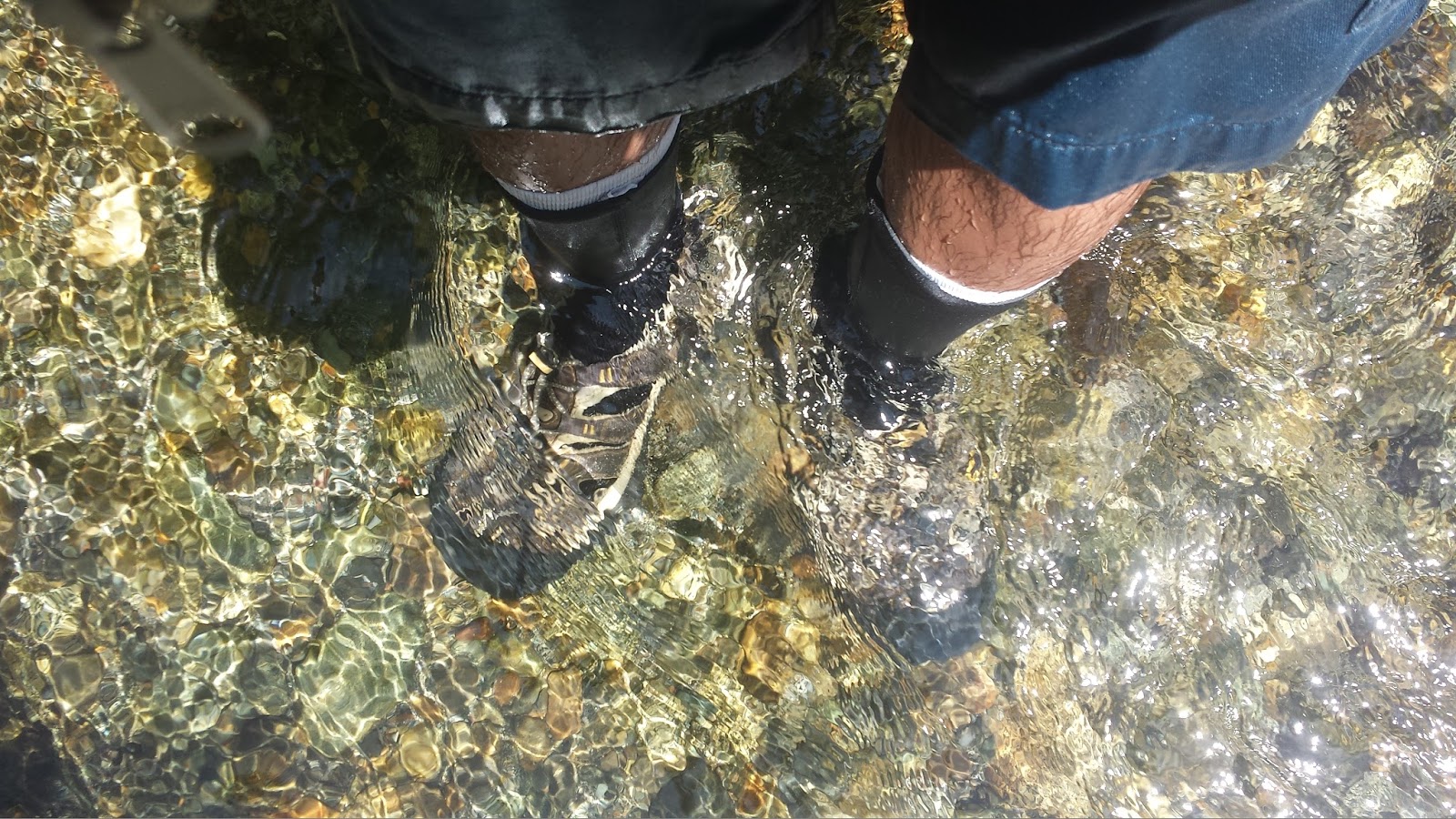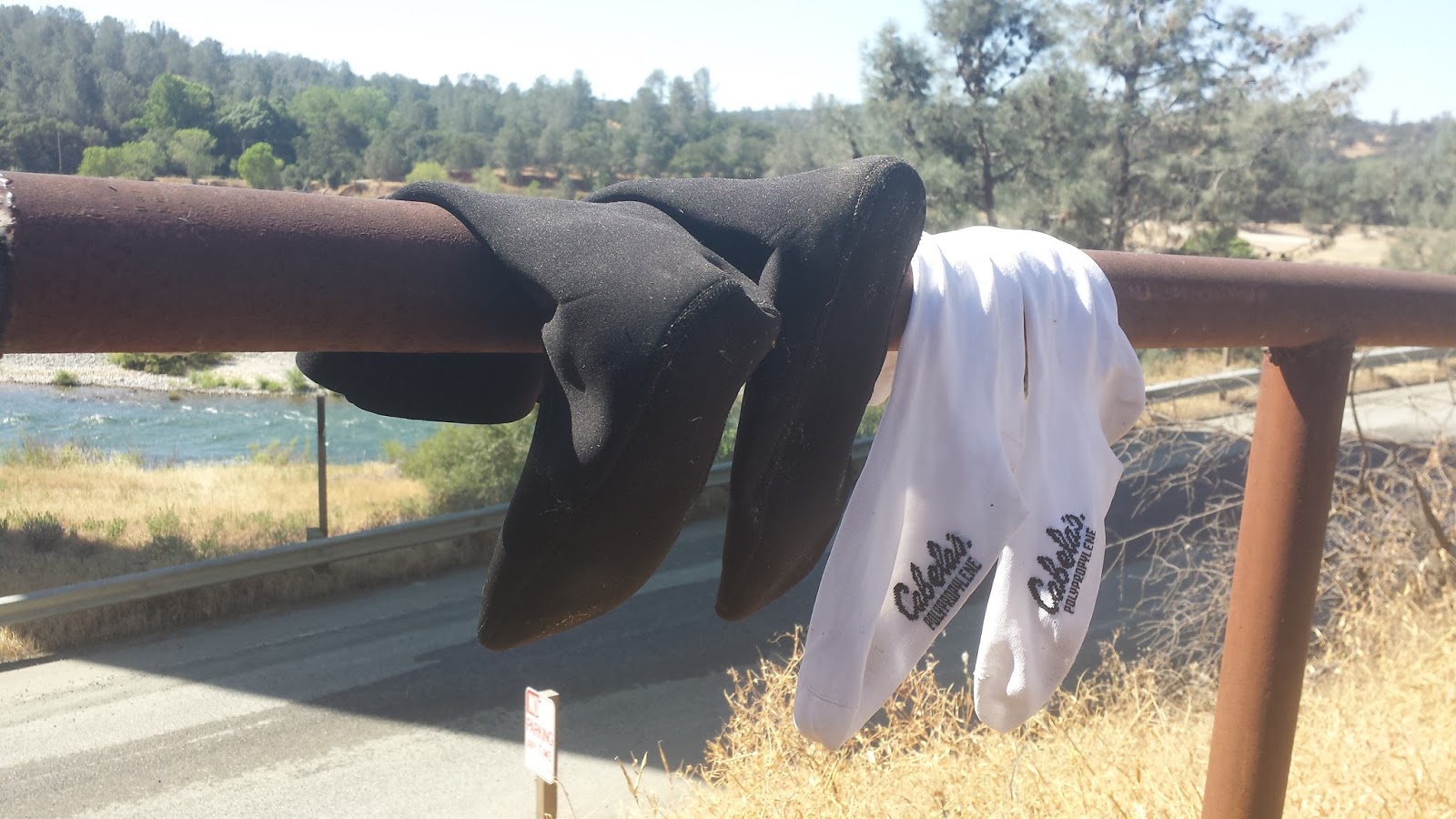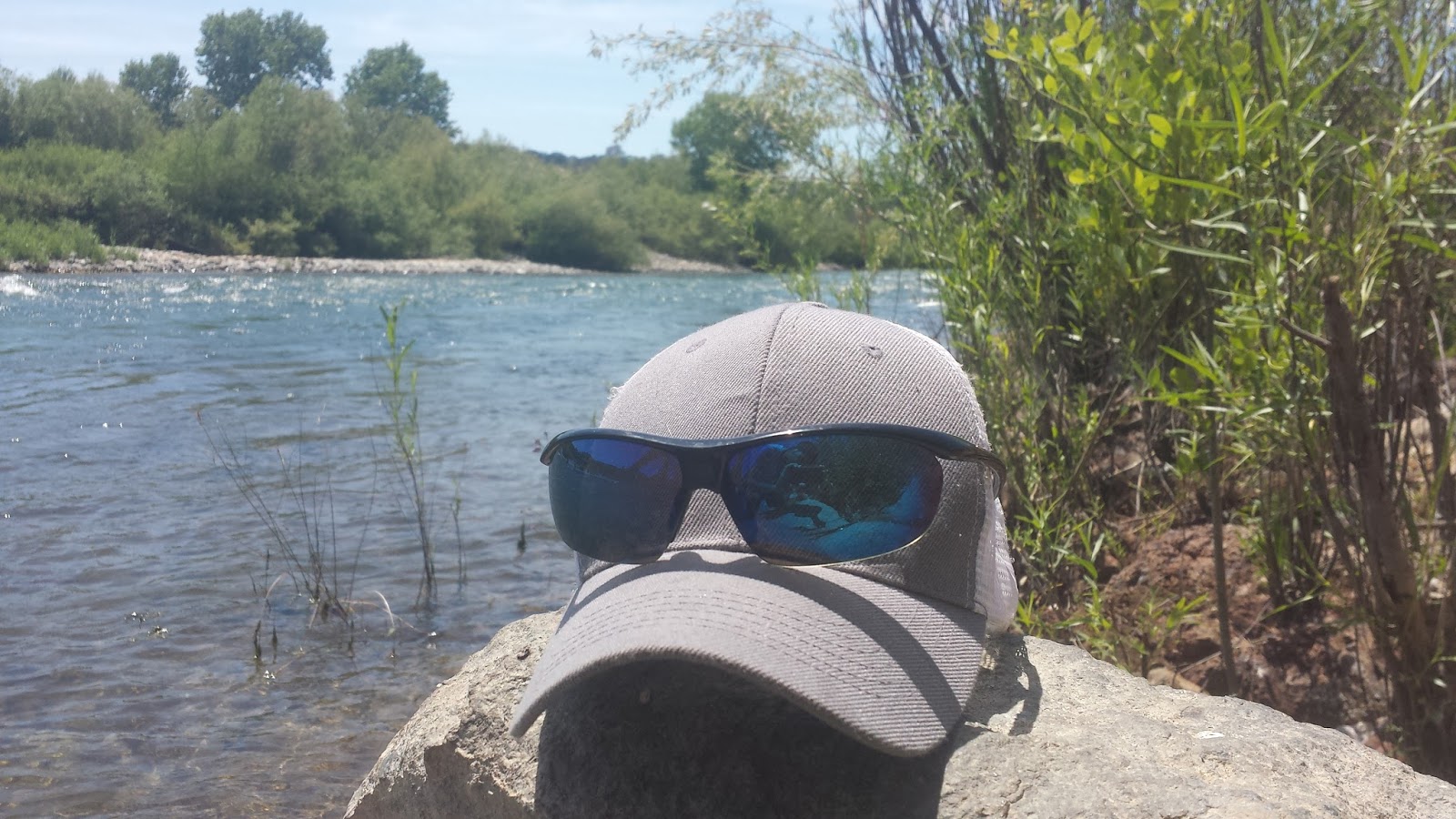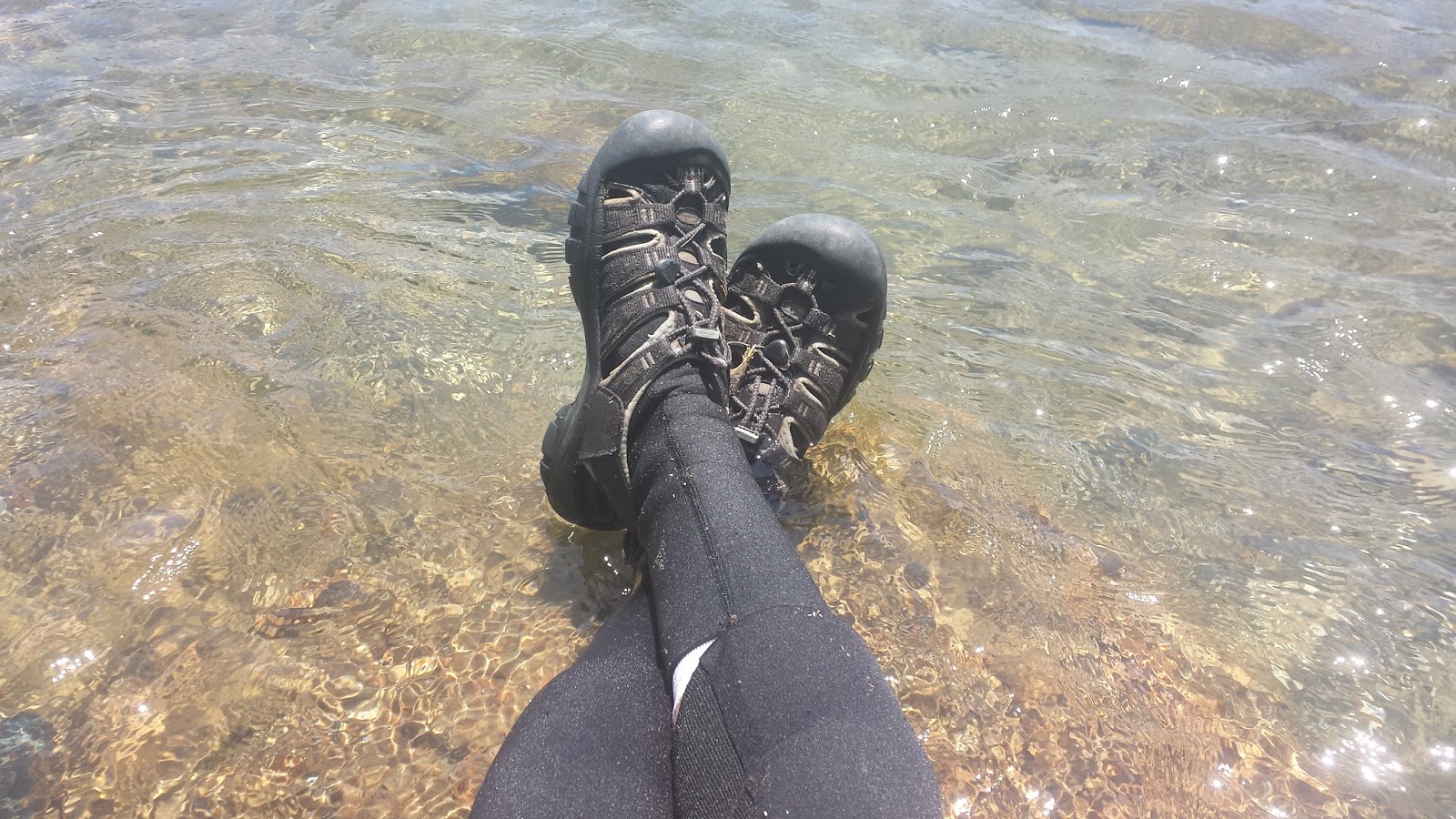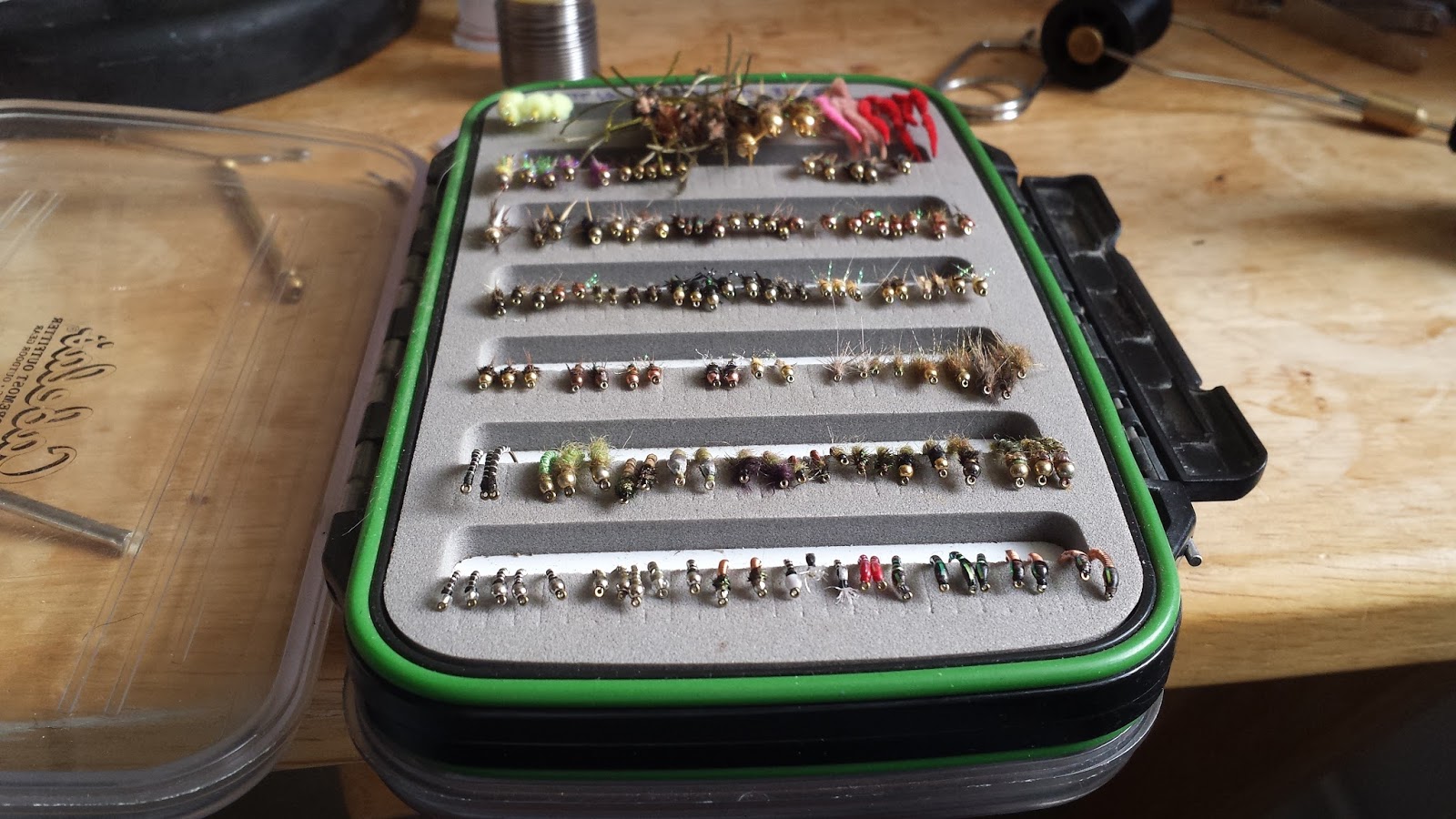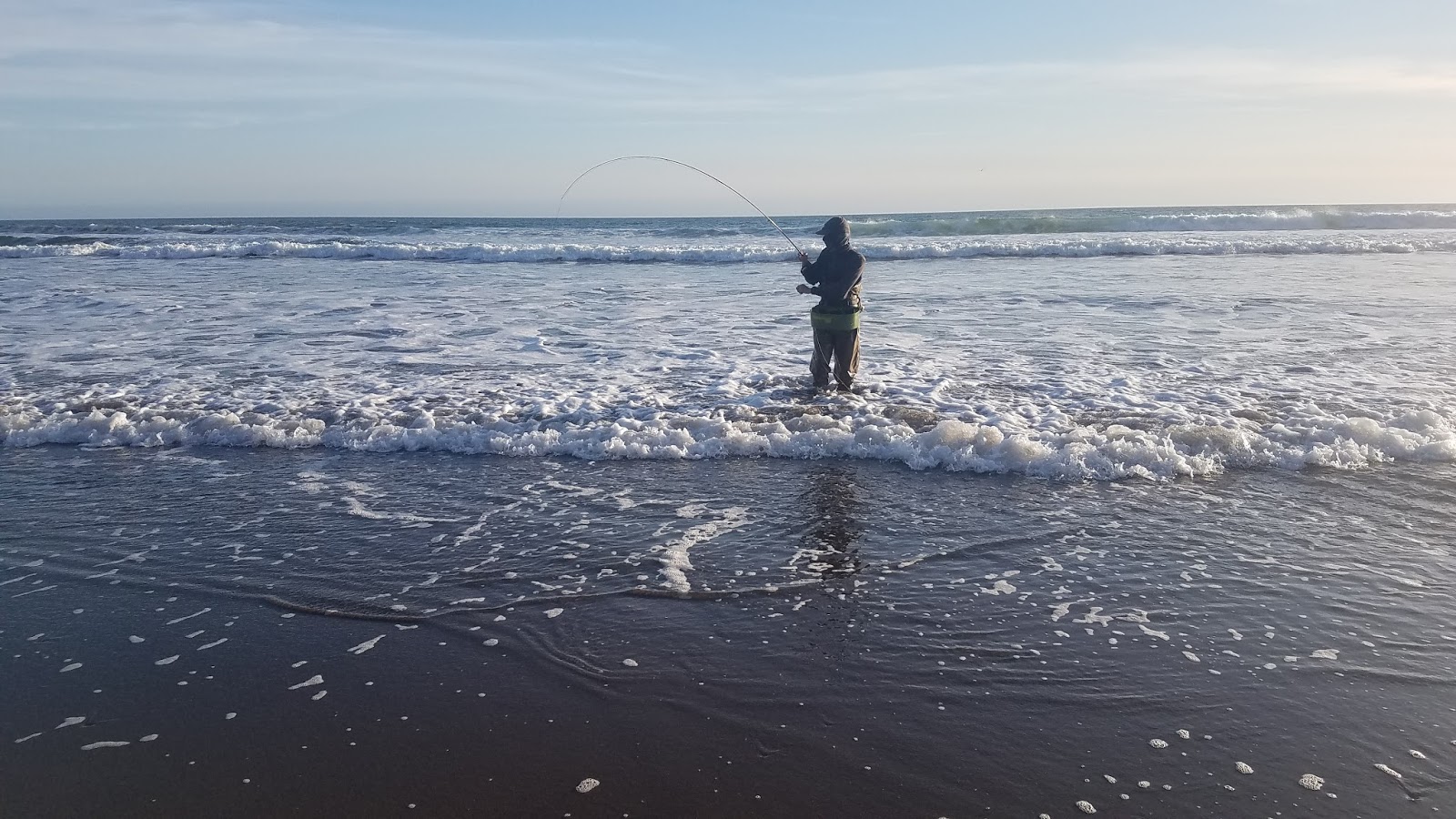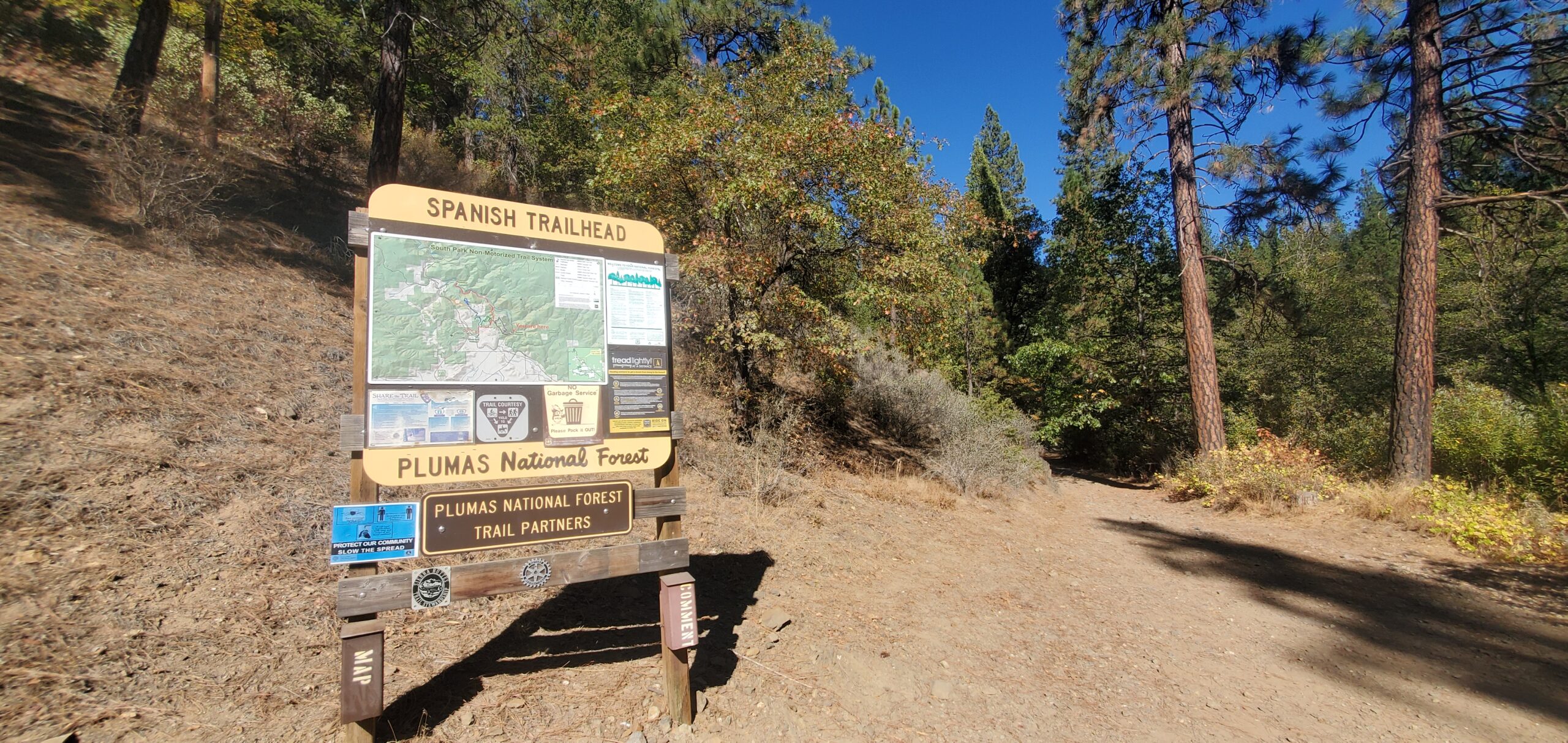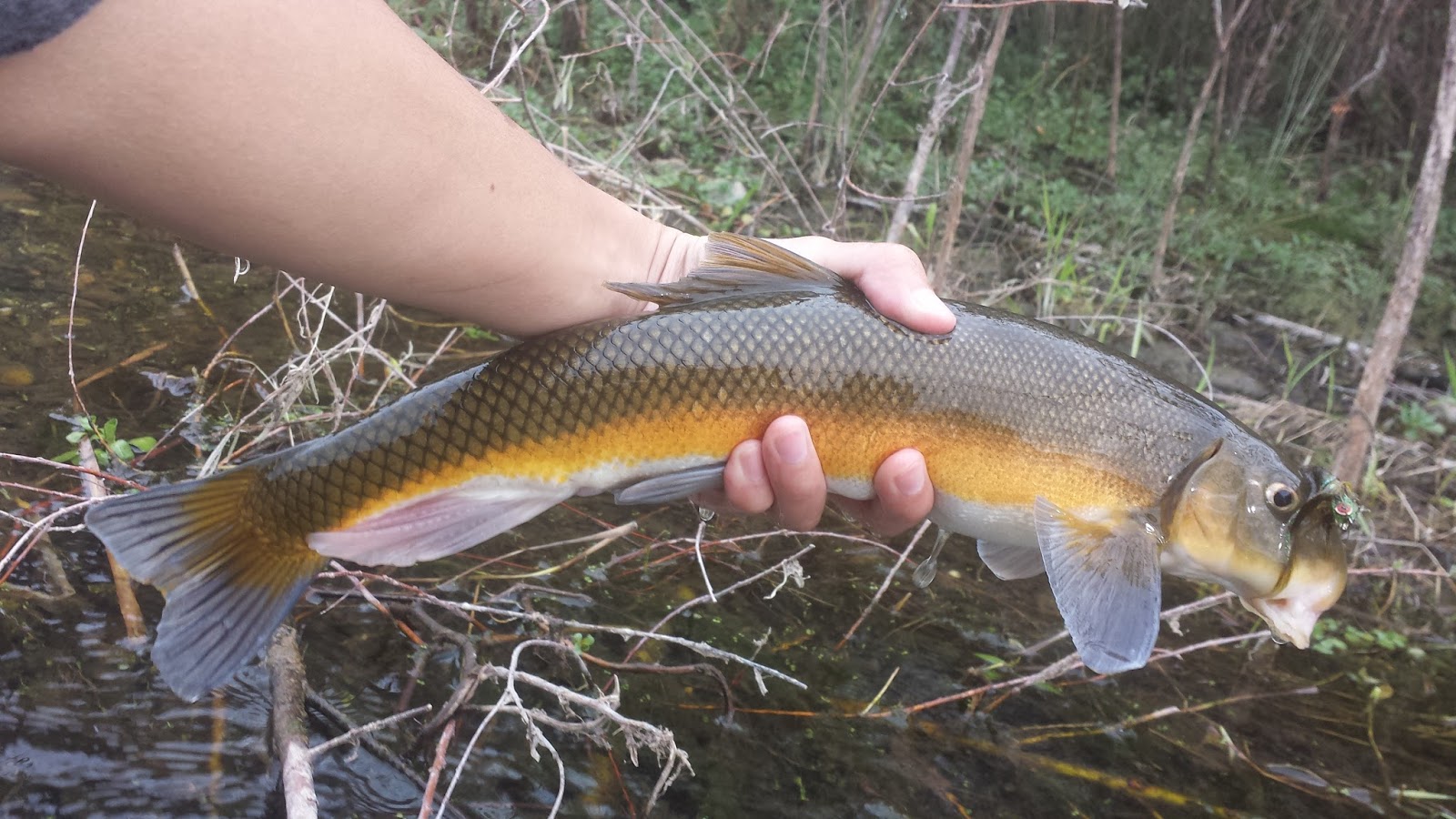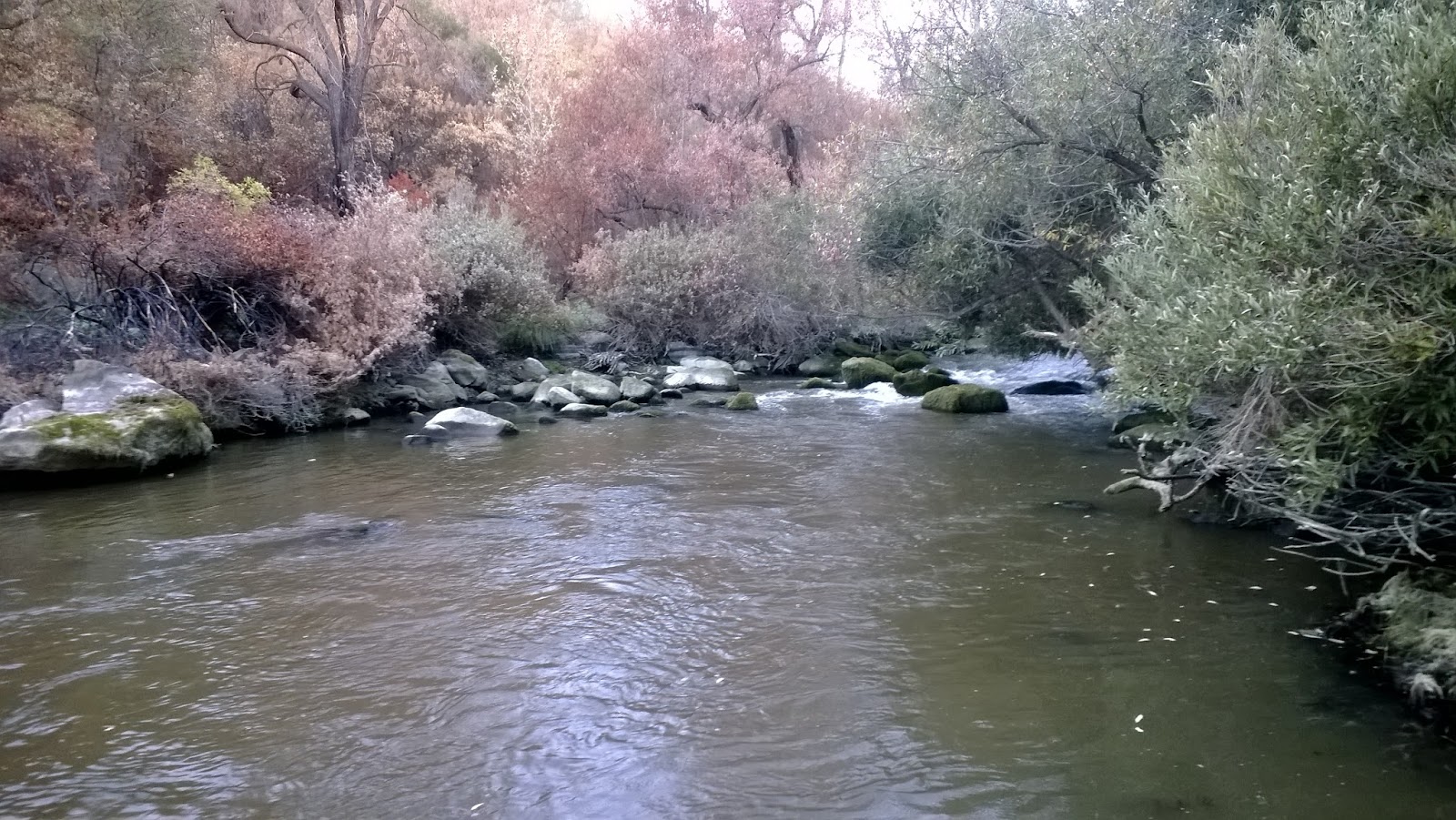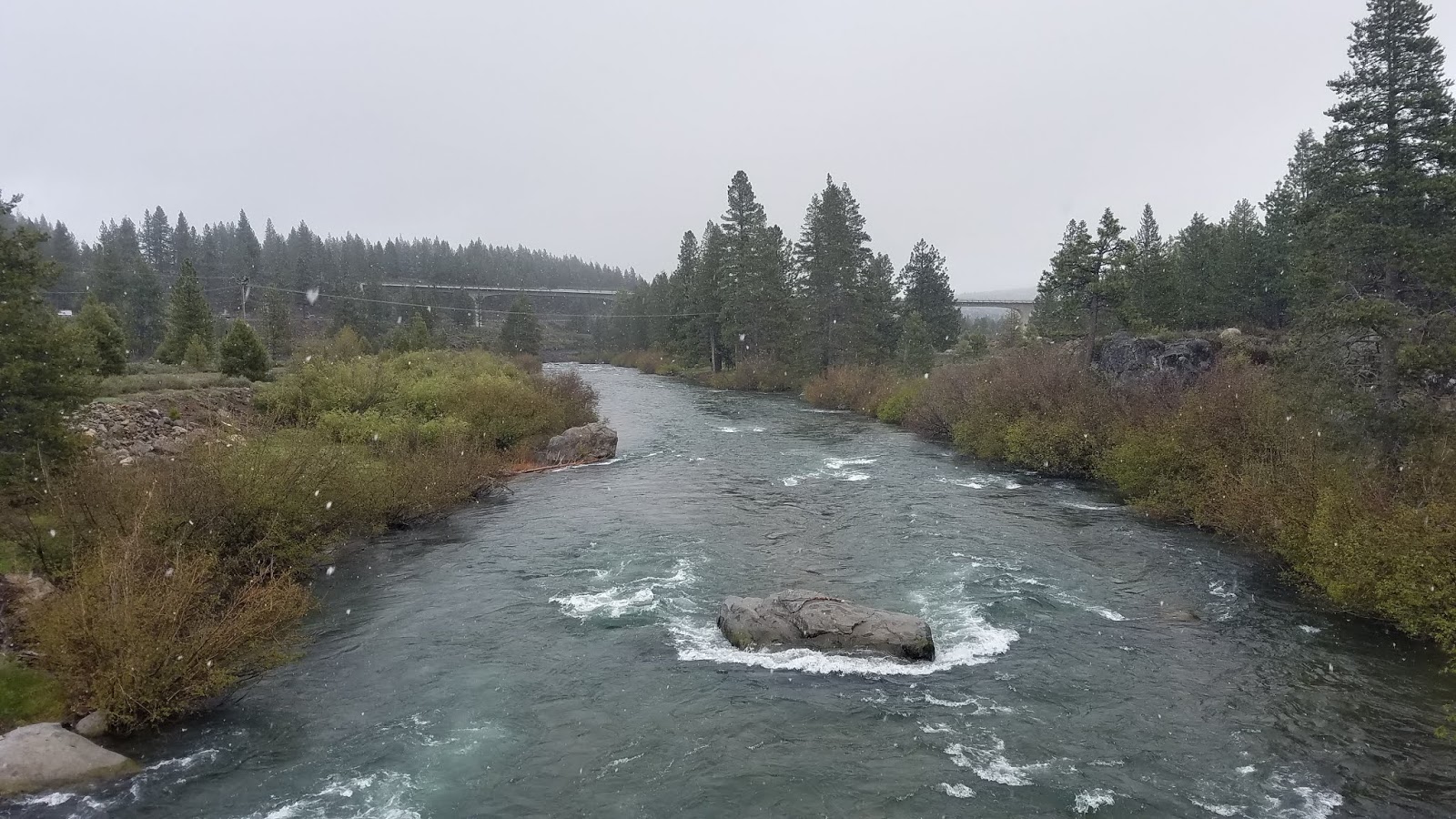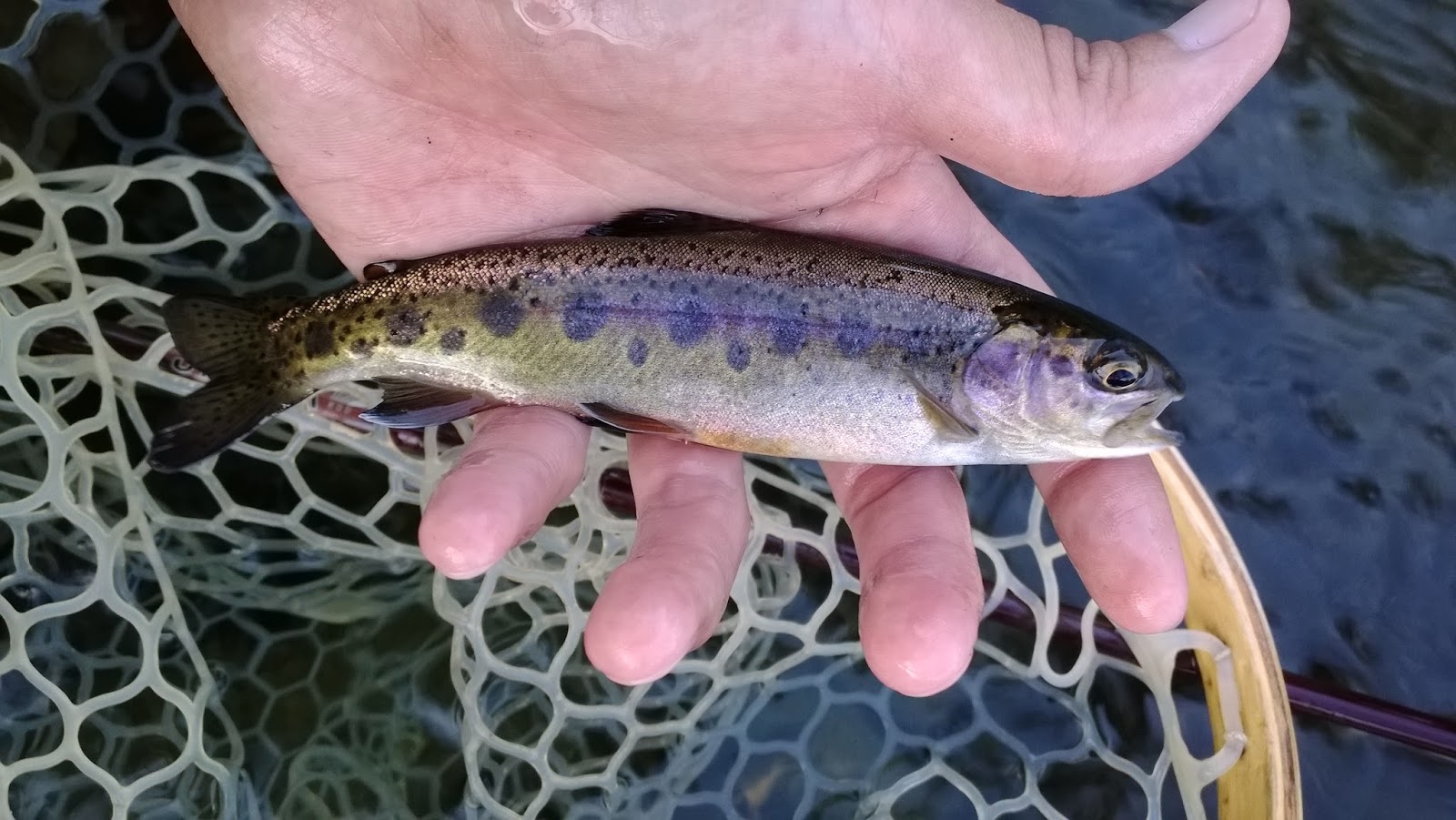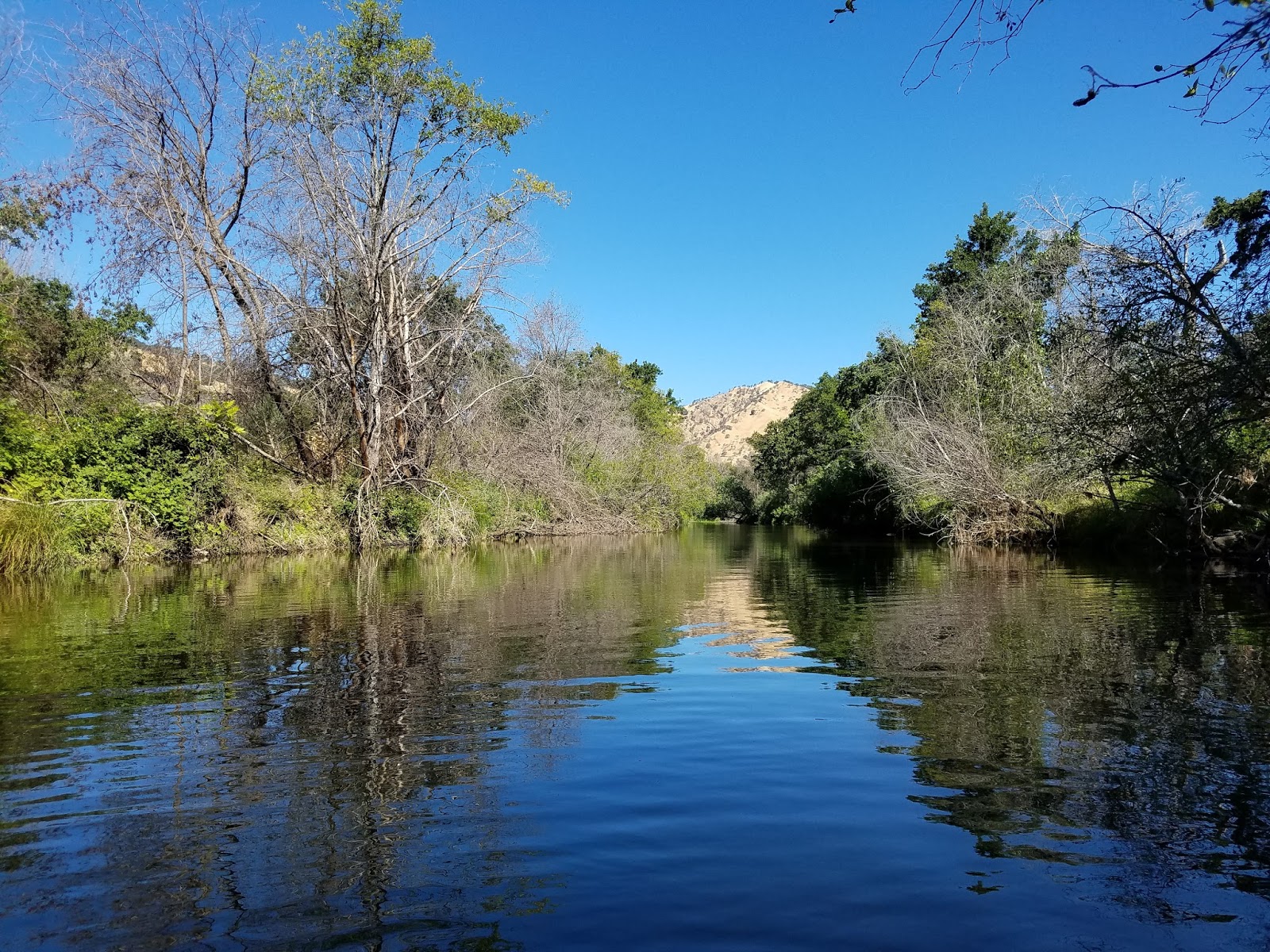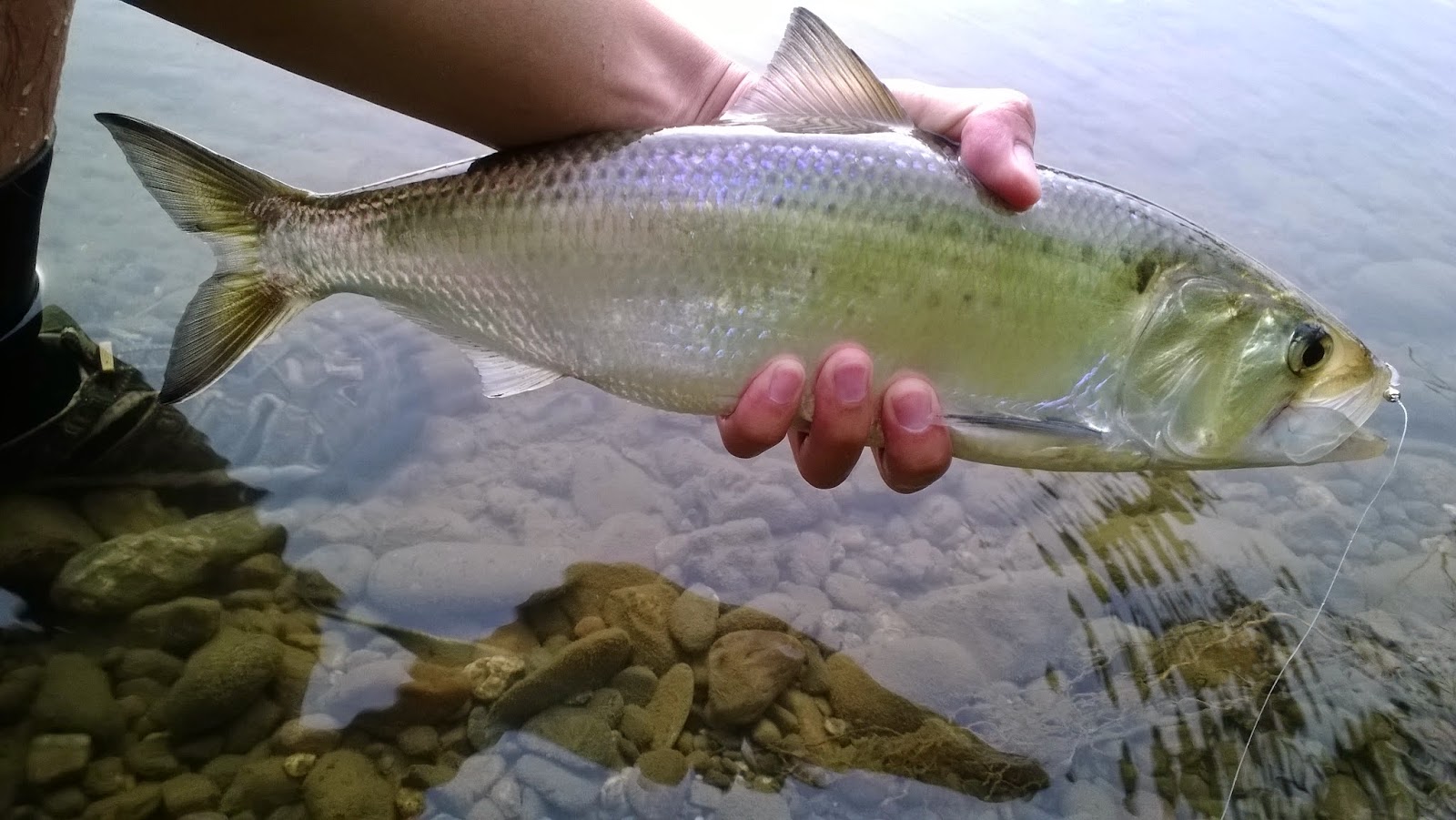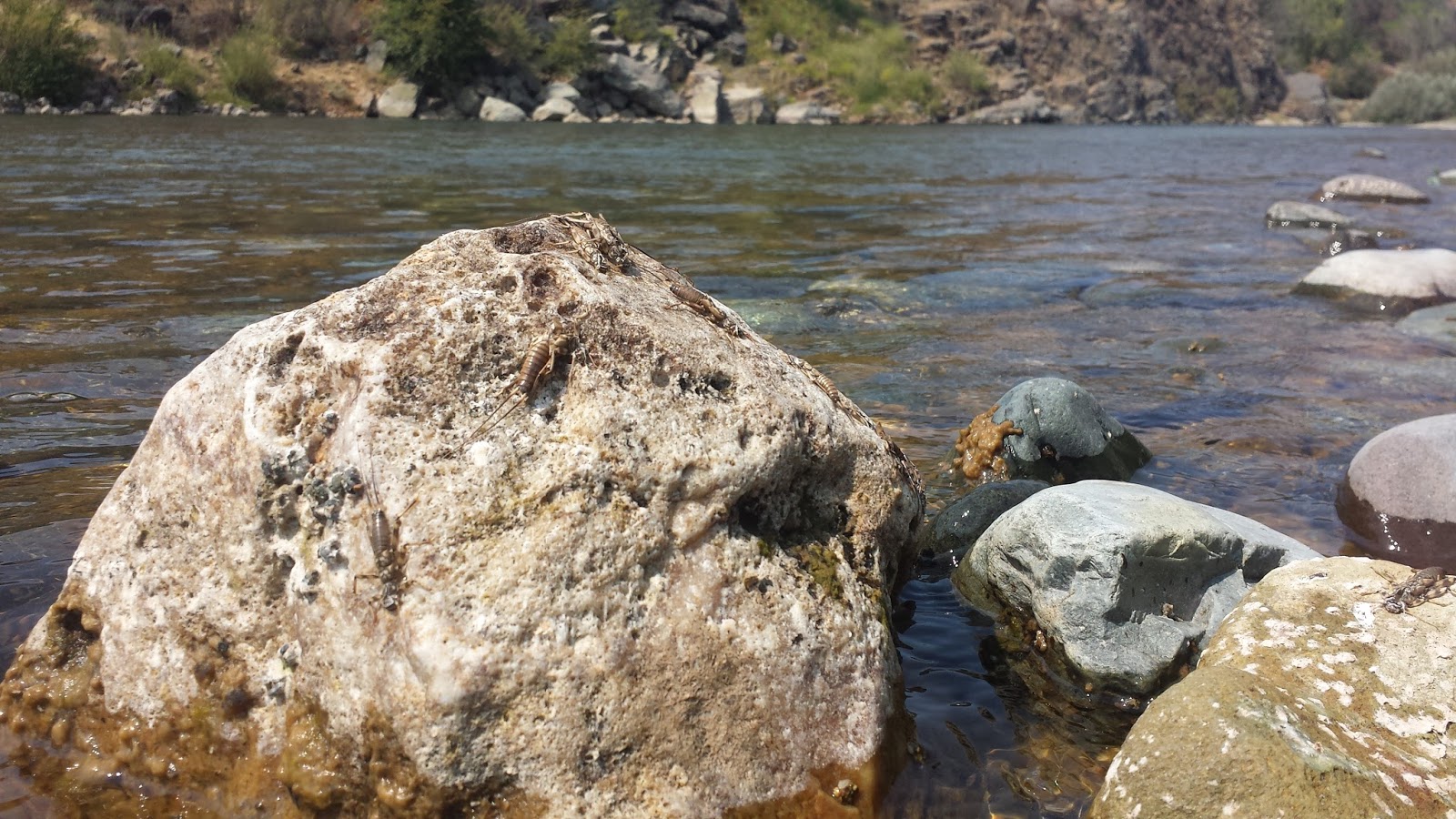I hate waders. I don’t understand how we are living in the 21st century where we have the technology to send a set of individuals to space but we can’t seem to make waders that don’t leak. It doesn’t matter if they are expensive or manufactured by big names like Simms, Redington, Patagonia, or Orvis, if it can leak it eventually will.
Thankfully I live in the warm state of California where I can avoid wearing waders for half the year wet wading instead. Wet wading is my preferred method of wading because not only is it is a good way to beat the heat, it also gives you a more “intimate” feel with nature.
Wet wading can be as simple as wearing your favorite pair of shorts and sandals but wet wading comfortably is slightly more complicated.
What is wet wading comfortably?
Trout are a cold-water species that like to live in very specific parts of a river, stream, or creek. The ability to maneuver around the water whether it is hiking, wading, bushwhacking, rock-climbing, or boulder hopping without freezing your butt off will make you a more productive angler. Getting into the right position at the right angle can make all the difference. Wet wading allows you to do all of these things at the expense of getting a little wet. Being comfortable while you are wet is critical in both safety and enjoyment.
Wet wading is more commonly practiced in warm waters like ponds, lakes, and creeks. Although you don’t have to worry too much about cold water temperatures, wet wading comfortably in warmer waters means avoiding toe biting bugs and sunburns, the true banes of the summer.
To get the best experience wet wading comfortably you will need a few things:
1. A good pair of sandals or wading boots
2. Neoprene socks
3. Polypropylene socks
4. A pair of polarized sunglasses
5. Sunscreen/UV Shirt and UV pants
6. Kneepads
7. A fishing vest
8. A waterproof bag or phone case.
Polypropylene socks
This will be your first and most important layer. Polypropylene socks act as a liner that helps prevent your skin from chaffing when wearing neoprene socks. Long distance hikers will often wear polypropylene socks to help add a layer of protection against the elements, wick away moisture, and prevent blistering.
Neoprene socks
This will be your second layer. Neoprene is a synthetic material that is commonly used for making wetsuits as they provide excellent insulation against the cold. Neoprene socks were made specifically for wet wading and helps keep the users feet warm when wading in cold water. I find that the best time to wet wade in neoprene socks is when the water temperature is around 50° – 65° and the air temperature is above 80°.
Neoprene socks are a great inexpensive piece of gear that can help you stay warm and fish without waders. There are several different thicknesses of neoprene socks that are available. Although the difference is barely noticeable when wet wading, the thicker neoprene will keep you the warmest and is the most durable.
When wet wading in warmer water neoprene socks can help keep critters like toe biting beetles and leeches off your feet.
My favorite brand of neoprene and polypropylene socks are made by Cabelas. I’ve tried many other brands of neoprene socks however Cabela’s socks are the best fitting and least expensive.
Wading Boots or Sandals
This will be your third and final layer. Comfort is key and the more comfortable your footwear the better. I personally wear either a pair of sandals or my wading boots depending on where I’m fishing. Rocks, pebbles, sticks, and plants will often find their way into your footwear regardless of what you wear.
I personally prefer sandals as I find them to be lighter and more comfortable than boots. Stuff tends to get wedged in-between your feet more often with sandals than boots but taking sandals off and getting rid of debris is a lot easier than with boots. Boot protect your feet a better than sandals as they tend to get banged up more around rocks.
Polarized Sunglasses
A good pair of polarized sunglasses is a fly fishing essential. A pair of polarized sunglasses can help you see through the water aiding in stream navigation, sight fishing, and can protect you from a bad cast.
Sunscreen/UV Shirt
Skin cancer is a very real threat that is preventable by applying on sunscreen. I keep a small tube in my pack and apply every couple of hours. If you aren’t into apply sunscreen a lightweight quick drying UV shirt and UV pants can also work wonders in preventing sunburns.
Kneepads or Shinguards
Before I discovered kneepads and shinguards I would come home after a long days worth of wet wading with bloody and scratched up knees and shins. It wasn’t until I watched a fly fishing competition video where anglers were using kneepads to help them kneel comfortably while nymphing that I decided to try a pair.
Bushwhacking without shin protection has left me with scarred shins that could have easily been prevented with a pair of kneepads. With kneepads I’ve been able to avoid blackberry thorns, yellow star thistles, ticks, and jagged branches. Although you don’t necessary need them, I highly recommend a good pair of tight fitting kneepads or shinguards.
Fishing Vest
I like to wear a vest when wet wading. This allows me to keep my gear higher up which helps prevent it from getting too wet.
A vest with a few zipper pockets will keep your phone and keys dry and secured.
Waterproof Phone Case
Taking photos while wet wading can be pretty tough. The best options are to either buy a waterproof bag, a flexible tripod, or a waterproof phone case.
I like to use a waterproof case because it takes up less space and is less of a hassle to take out and put back. A waterproof case can also help you keep your phone alive if it happens to slip out of your hand while out on the water.
Wet wading is a great way to beat the heat. Although there are tons of different ways to do it this what I personally discovered to be the most comfortable method. Summer time is here and the best way to celebrate it is by spending sometime in the water.
